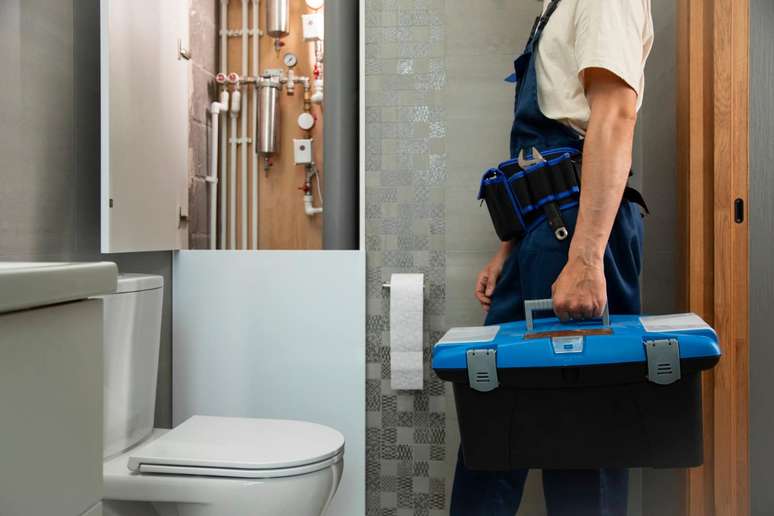Ending maternity leave and even a longer absence from home doesn’t have to mean stopping breastfeeding. If you freeze breast milk properly, it conserves all the nutrients your baby needs. And it remains an important source of antibodies. In other words, it will be great for his health.

While pumping or hand pumping is not the easiest experience in the world, with a little practice you can stock up when you are away from your baby. And so, your body also understands that it needs to continue production, as well as avoiding problems like mastitis.
Of course, we know you won’t always find the perfect conditions for retreat, with a cozy and adequate space for vacuuming – and the corporate bathroom is definitely not the place. So let’s get to work?
What is the best way to withdraw?
You will need a suction pump, which can be manual or electric, and sterilized glass bags or jars. It is only possible to express milk with the help of your hands, but not all women can do milking this way – yes, that’s right! The ideal is to test pump types before buying or renting one – in this case, if it doesn’t fit, just change it.
Be patient and persistent: Sometimes, it can take up to two weeks to stimulate the breasts with the suction of the breast pump so that the milk comes out in the necessary quantity. It may be that in the first few days you will not be able to remove even a drop. to insist! It usually works and is worth it for both mother and baby. The more you extract, the more milk you will have. Spend at least 15 minutes stimulating each breast. To save time, some automatic pumps have double fittings, to milk at the same time.
If the amount withdrawn is still small, you can add milk from one milking to the next. But in this case, the expiration date will be the one you checked out first.
How to extract?
Look for a place with good hygiene to avoid contamination. Wash your hands and arms up to the elbows thoroughly with soap. If possible, pass the alcohol gel. In hospital milk banks, for example, mothers must wear an apron, cap, mask, and wash their hands with soap and alcohol.
No, you will not have these conditions in your work … But only to understand that hygiene in the retreat is really a serious matter! If you can, apply these tips or, at the very least, wash your hands and collect your hair.
How to freeze and store breast milk?
It has to go directly to the refrigerator. If you use glass jars (with plastic lids), you must first sterilize everything: boil them for 15 minutes or use microwave sterilizers. Dry it on a clean tea towel, with the mouth down.
Breast milk can be kept in the refrigerator for up to 12 hours without compromising its nutritional properties (avoid leaving it on the doors). If it goes further, you will have to discard it. It can be stored in the freezer for up to 15 days, preferably at a temperature below -10 degrees. Don’t forget to always mark the date and time.
In some countries the recommendation is longer: 48 hours in the refrigerator and up to 3 months in the freezer. But, in order not to have doubts about the quality, it is better to follow the shortest period.
How to defrost?
In order not to lose nutrients, the milk must be defrosted naturally. You can also take it to a water bath. But beware: it’s only until it reaches room temperature, so the water must be barely warm. Breast milk cannot be boiled or heated directly in a pan or microwave. Once thawed, it will last for 12 hours. So, when freezing, always do it in small jars, for example, 100 ml. And never refreeze breast milk.
Try to use cups or even a spoon to offer milk and avoid bottles – the baby can get confused with the nipples and this harms breastfeeding.
And more:
Do I want to know more? Sign up for the BabyHome newsletter and receive more advice every week on how your baby is developing. It’s fast and free.
Source: Terra
Benjamin Smith is a fashion journalist and author at Gossipify, known for his coverage of the latest fashion trends and industry insights. He writes about clothing, shoes, accessories, and runway shows, providing in-depth analysis and unique perspectives. He’s respected for his ability to spot emerging designers and trends, and for providing practical fashion advice to readers.








